Hybrid cars, plug-in hybrids or electric cars: advantages, disadvantages and which one to choose according to your needs
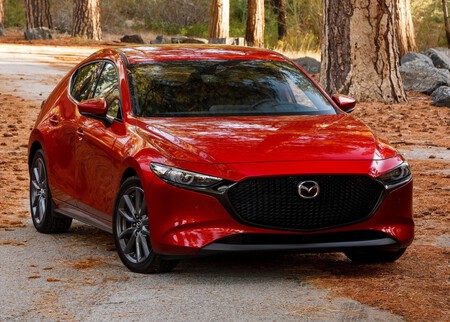
Environmental labels, anti-pollution restrictions or skyrocketing electricity and gas prices. maybe we are in the most difficult moment to find the car that best suits our needs. Or not. If we see the glass as half full, we have a wide range of technologies on the market that probably adapt more exactly to what we need or demand from our next vehicle. In order not to get lost in a jungle of acronyms, we are going to review the most interesting options.
If you are looking for a car, your head may be a mess and, even for the same use, you are doubting which electrified model to choose. In the following lines we take the opportunity to clarify some concepts and learn about the benefits or disadvantages of each technology.
I want an electrified car, but I don’t know which one
Work, family, friends, and basically most of society are looking at electrified as real option on your next purchase. A good example of this is that diesel sales continue to decline and hybrids have already surpassed them in Spain. But not all hybridizations are the same. Mild-hybrid, electric hybrid or plug-in hybrid?
Mild-hybrid, the alternative barata

In recent years, a technology has proliferated that has been very well received in our country: the mild-hybrid. There are different ways to call these vehicles and you may have referred to them as mild hybrid or 48 Volt cars.
These vehicles usually have a very small battery that accompanies the gasoline or diesel engine. The additional electrical system used as starter motor, to resume driving after a break or as support in gliding (when driving “at full throttle”), which allows you to save a few tenths in average consumption.
In other words, a mild-hybrid hardly differs from a gasoline or diesel car. What makes it attractive? In most of the models, its price is almost identical to that of pure combustion cars and, in return, it delivers the long-awaited ECO label.
- Advantages: cheaper average price and ECO label. Ease of use, it is not necessary to think about autonomies or plan trips.
- Disadvantages: higher consumption than any other hybrid.
- Ideal driver: one who barely drives in an urban environment, most of his kilometers are on the road or cannot afford the investment of any other electrified vehicle.
Electric hybrid, the best option for the urban environment
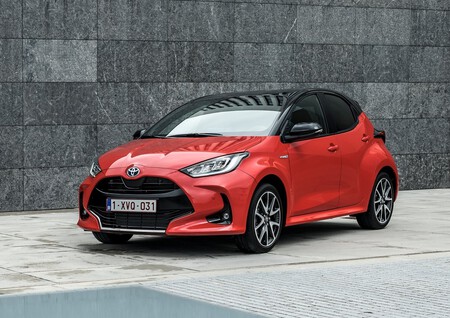
If we said that a mild-hybrid was also known as a “mild hybridization” car, electric hybrids are what we know as a hybrid “lifelong”. The new meaning has been forced to more easily distinguish plug-in hybrids from those that are not (nor are they mild-hybrid).
At this midpoint we find those vehicles that have two engines. Generally one is gasoline, although models have been developed with diesel versions, and the other is electric. This second motor takes advantage of the energy stored in a battery that is recharged with the vehicle’s own braking. Part of the kinetic force is converted into electricity and stored in the battery. In the acceleration phases (as support) or gliding, the car prioritizes battery power to reduce consumption.
Where you get the most out of this type of vehicle is in the intensive use in an urban environment or with heavy traffic, because it is in those situations where the combustion engine is less efficient and where the electrical energy can be recharged more frequently.
- Advantages: very low consumption in the urban environment and in traffic jams. DGT ECO label. no need to plan trips.
- Disadvantages: on the open road it loses efficiency and much of its reason for being.
- Ideal driver: one who does many kilometers in the urban environment or suffers from traffic jams on a daily basis.
Plug-in hybrid, very low consumption if you have a place to plug it
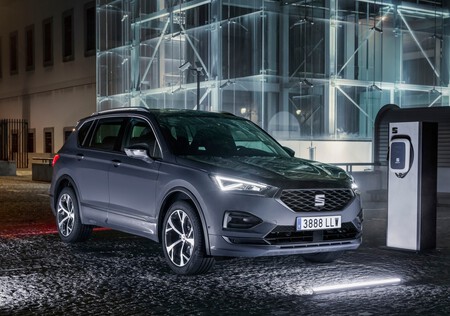
Halfway between hybrid and electric, plug-in hybridization is presented as the best of two worlds: the advantages of electric on a daily basis and those of gasoline or diesel for longer trips. Without losing that hybrid character, even when the battery is “dry”.
Plug-in hybrids generally maintain a gasoline engine, although they have also been seen diesel options. They are accompanied by an electric motor of considerable power (usually around 100 hp) that is powered by large batteries (greater than 10 kWh). The great variety of existing models must be taken into account, so these last two data are merely indicative.
The batteries are powered as if it were an electric hybrid, but, in addition, they can be recharged from the outside. Plug-in hybrids usually bet on autonomies greater than 40 kilometers, the barrier that delivers the DGT Zero Emissions label. In addition, the German decision to raise this bar to 60 kilometers should cause an increase in the autonomy of future models.
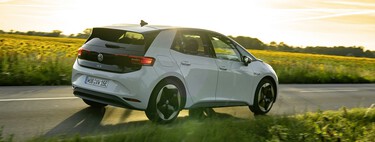
In this case, the real match is taken out of the car when a domestic plug is available. Diverse studies They point out that an average driver can do the vast majority, if not all, of his daily kilometers with the electric charge offered by these cars. In addition, its Zero emissions label eliminates them from any equation where restricting circulation for environmental reasons is valued, while the combustion engine avoids any type of loading problem on long trips.
- Advantages: derisory consumption of gasoline or diesel if electricity is used well. Zero emissions label. No electrical limitation on long trips.
- Disadvantages: higher price. Need to have a domestic plug to get the most out of it. If we run out of battery we will drag that extra weight raising the average consumption.
- Ideal driver: one who covers a daily number of kilometers close to or similar to the autonomy of the plug-in hybrid and, in addition, has access to a domestic plug.
The hybrid is not for me, I want an electric
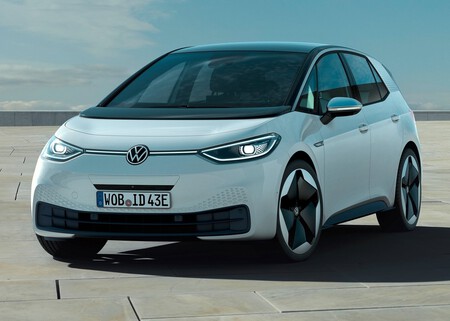
Without a doubt, it is the riskiest decision of all those previously raised, but the driver who decides make the leap to exclusively electric mobility and have all the requirements to hand (or know what you can demand of your car), chances are you’ll be delighted with your choice.
Choosing an electric not only means less money spent on a day-to-day basis, it also means greater ride comfort, less noise in the passenger compartment, immediate acceleration and, above all, a lot of smoothness. That driver who is aware of the limitations of his autonomy and has a domestic plug, is the ideal customer.
However, buying an electric car also means assume a series of limitations that, at the moment, either they are not resolved or to overcome them you have to invest a lot of money. The cheapest models on the market have autonomies that reduce them to being the second vehicle at home, very useful for those who use a car exclusively for their urban journeys or live in a town close to their work and have no impediment to use another vehicle at home. their long trips.
Those who, on the other hand, think of an exclusively electric vehicle as their “everything car”, the first thing they have to take into account is that they must make a significant outlay of money, that if they have a second home it is a good idea to install a recharge and that will touch plan your trips and its stops, especially in those parts of Spain where the recharging network is less dense, as is the case in Galicia.
- Advantages: very low cost per kilometer on a day-to-day basis. Very nice driving. Zero emissions label.
- Disadvantages: need to understand the car as a “second vehicle” at home or plan long trips well. High outlay on purchase compared to combustion counterparts.
- Ideal driver: one who assumes the current limitations on long trips. Urban driver, preferably with access to a charging socket or the possibility of having a second car at home.
Photos | Michael Fousert
Reference-www.xataka.com